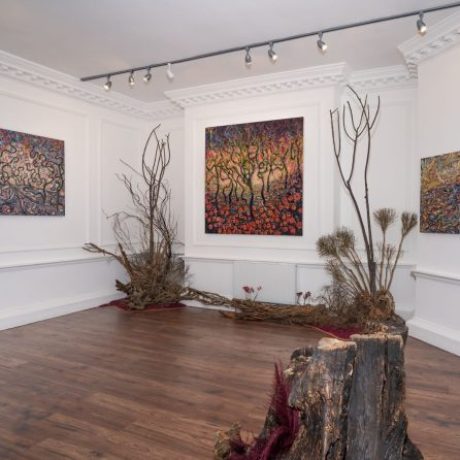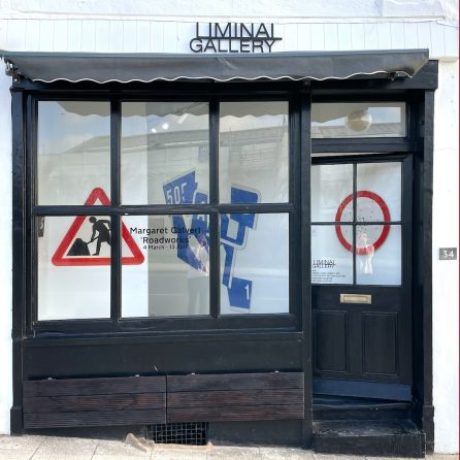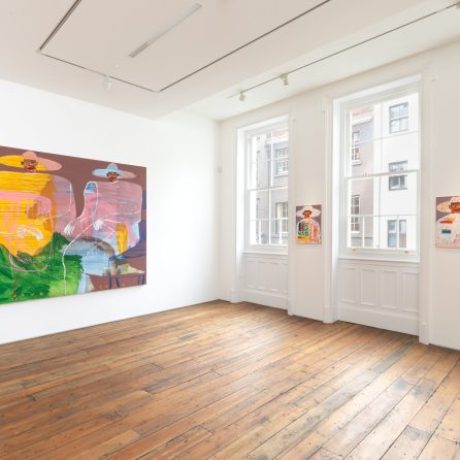Platform 2024: Meet the Curator, Gemma Rolls-Bentley
Inspired by London Art Fair’s partnership with Charleston, the Modernist home of painters Vanessa Bell and Duncan Grant, the 2024 Platform section of the Fair brings together art that shines a light on Queer love and life selected by guest curator Gemma Rolls-Bentley. In the early 20th century, the historic house and artist studio became a Queertopia for members of the Bloomsbury Group, including Vanessa’s sister Virginia Woolf. In Woolf’s 1928 novel Orlando, an imaginative biography of her lover and muse Vita Sackville-West in which the protagonist changes sex from male to female, she wrote: “A million candles burnt in him without his being at the trouble of lighting a single one.”
At a time when LGBTQIA+ life is increasingly under threat in the UK and globally, Rolls-Bentley calls on the words of Queer Ancestors as she brings together art that reflects the resilience, the beauty and the passion of Queer love and life.
Rolls-Bentley has long been focused on platforming Queer Art and art that explores LGBTQIA+ identity in her curatorial practice. Read more about the 2024 Platform curator below in our recent interview.
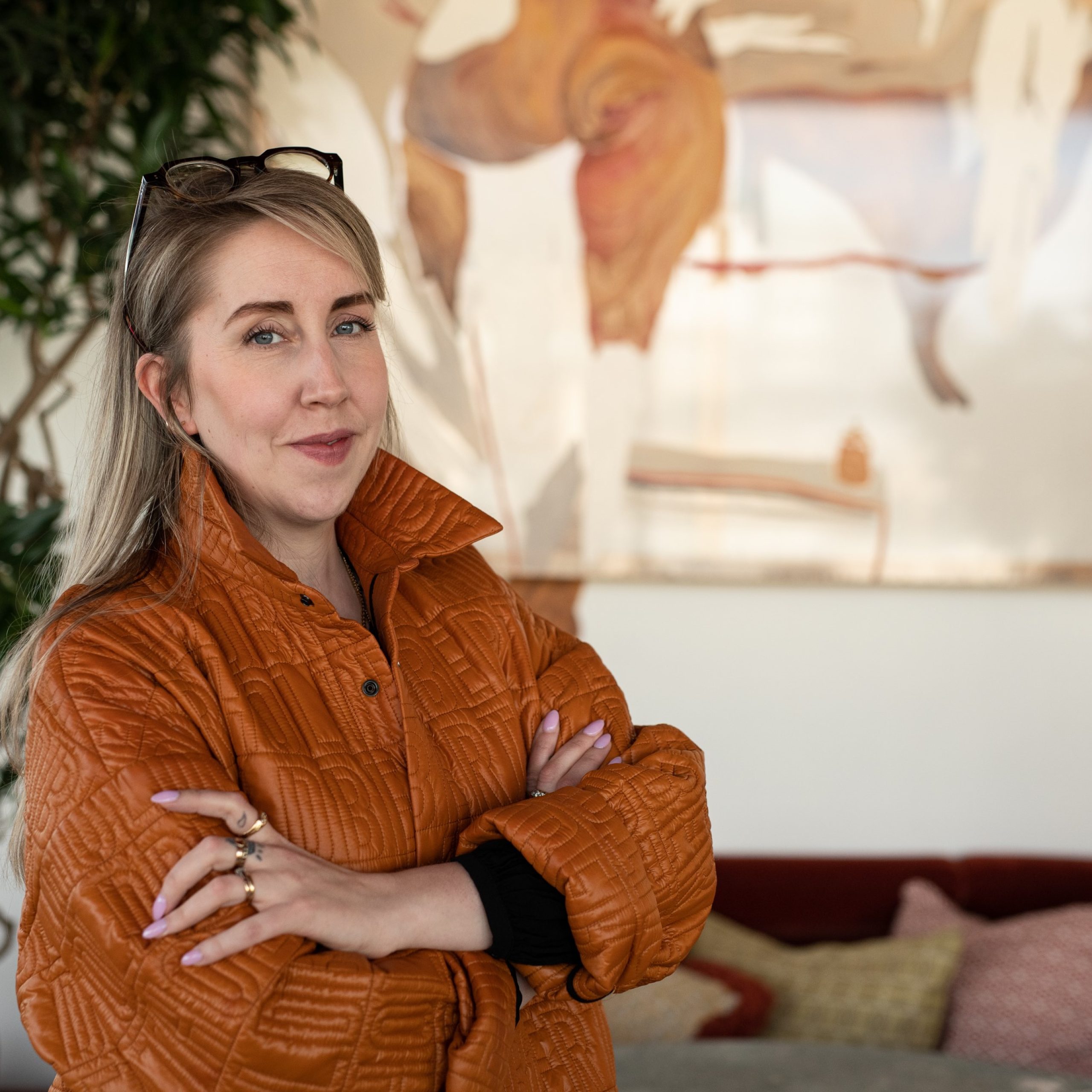
Hi Gemma, to start off, would you mind telling us a little bit more about your background as a curator and a creative consultant to introduce yourself and your background?
I have been working as a curator for almost two decades and in more recent years I’ve focused on providing a platform for female and queer identifying artists. A lot of the projects that I do look at exploring LGBTQIA+ issues. I have worked with museums, galleries and digital platforms to curate exhibitions and projects, and I’ve worked with individuals, brands and organisations to build collections and consult on creative strategies.
The theme of Platform 2024 is A Million Candles Illuminating Queer Love and Life. The title is taken in part from a quote from Woolf’s Orlando. Could you expand a little on the significance of this text and how it relates to the curatorial themes in this exhibition?
I came up with the curatorial theme in response to London Art Fair’s Museum partnership with Charleston. Charleston is an important British queer space and the history that we see there is so rare and vibrant and special. I believe that having traces of historical queer life can be very reassuring and can offer validation to queer people living now whose stories have been suppressed or erased from mainstream culture and history. Charleston does a really beautiful job of reclaiming and retelling those queer narratives. The Bloomsbury group are just such a wild bunch of people and it can be kind of mind blowing to imagine that they were living their best queer lives over a hundred years ago.
Within a lot of queer history there is often lesbian erasure and you don’t often get much queer female representation, which is one of the reasons that I really wanted to shine a light on Virginia and Vita’s romance through the title of the project because, as with most of the Bloomsbury group, their love, their desire, their passions are integral to their creative output, whether that is as painters, writers, ceramicists, whatever.
Woolf’s Orlando is an incredibly revolutionary and radical novel. Some people say it’s the first trans piece of literature or the first trans novel. It was such an ambitious text and it was also a dedication and a love letter to Vita who Virginia was so enamoured with. And so that particular quote I just think is so beautiful and I wanted to share it with everybody. I think that quote kind of sums up the magic of queer creativity.
Would you say that Charleston functioned as a Queertopia in its heyday, or was that something that wasn't so much a possibility at that point in time? Perhaps you would use a different term altogether?
I would definitely describe it as a queertopia, and I think that’s exactly how it functioned. I think it was very possible for those people to live their lives there because it was out of the city. It was somewhat remote, but also that group of people were very privileged. They were white upper-class people with independent wealth. And, unfortunately, those are the people that were, and still are, afforded certain freedoms. It’s the same people whose stories are often told through history as well. I think it’s always worth remembering that about Charleston. It’s something I reflect on whenever I spend time there is, it’s so good to see the house and it’s so uplifting and important, but I always want to acknowledge all of the untold stories and the stories we’ll never hear because people didn’t have the means to live those lives or to have their stories recorded.
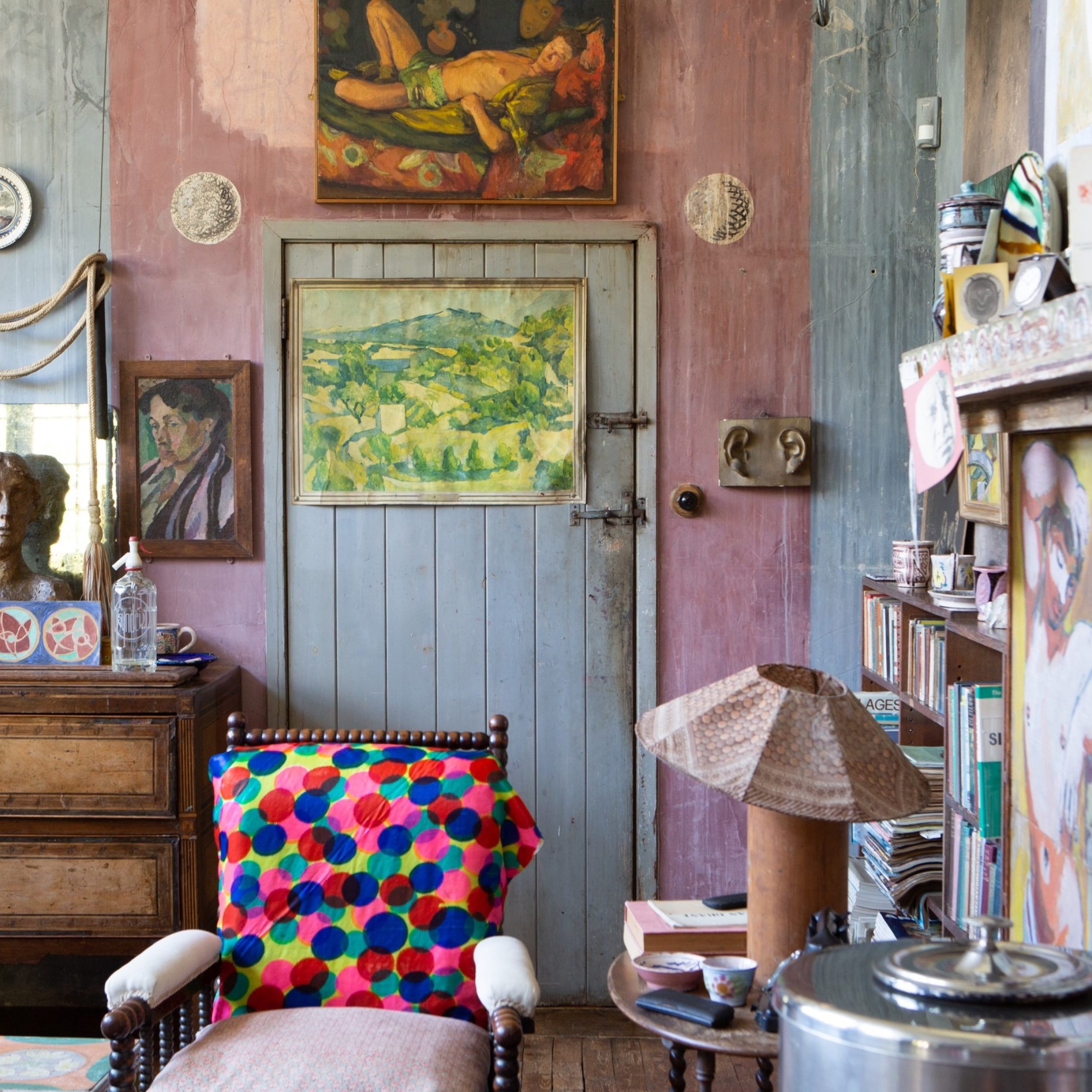
With these themes and ideas in mind, could you discuss how you are selecting the artists who will appear in this exhibition?
I’m really interested in bringing together a group of artists whose work reflects on the queer experience. For some artists that might be more explicit than others. There was a really beautiful exhibition at the Tate Britain called Queer British Art about five years ago, curated by Clare Barlow. And in that show, there was a beautiful portrait of Vita Sackville-West alongside paintings of domestic interiors. There was nothing explicitly queer about these works. Nothing about those interior paintings tells you that they are queer spaces unless you know the specific history of those locations. But queer life was occurring in those rooms and it’s meaningful to discover that history.
We don’t always need to have queerness explicitly represented in order for it to be meaningful in terms of archiving or expressing queer experiences. And so I would say that in this group of artists that I bring together, we will see individual desires, dreams, and concerns related to queerness and queer life. When I’m talking about queer love and life, I’m thinking about it in relatively broad terms, each of the artists has their own representations to share. One might create work that shows their daily life or that of their friends and people in their community, whereas another’s work could deal with their identity and the unique challenges that they experience.
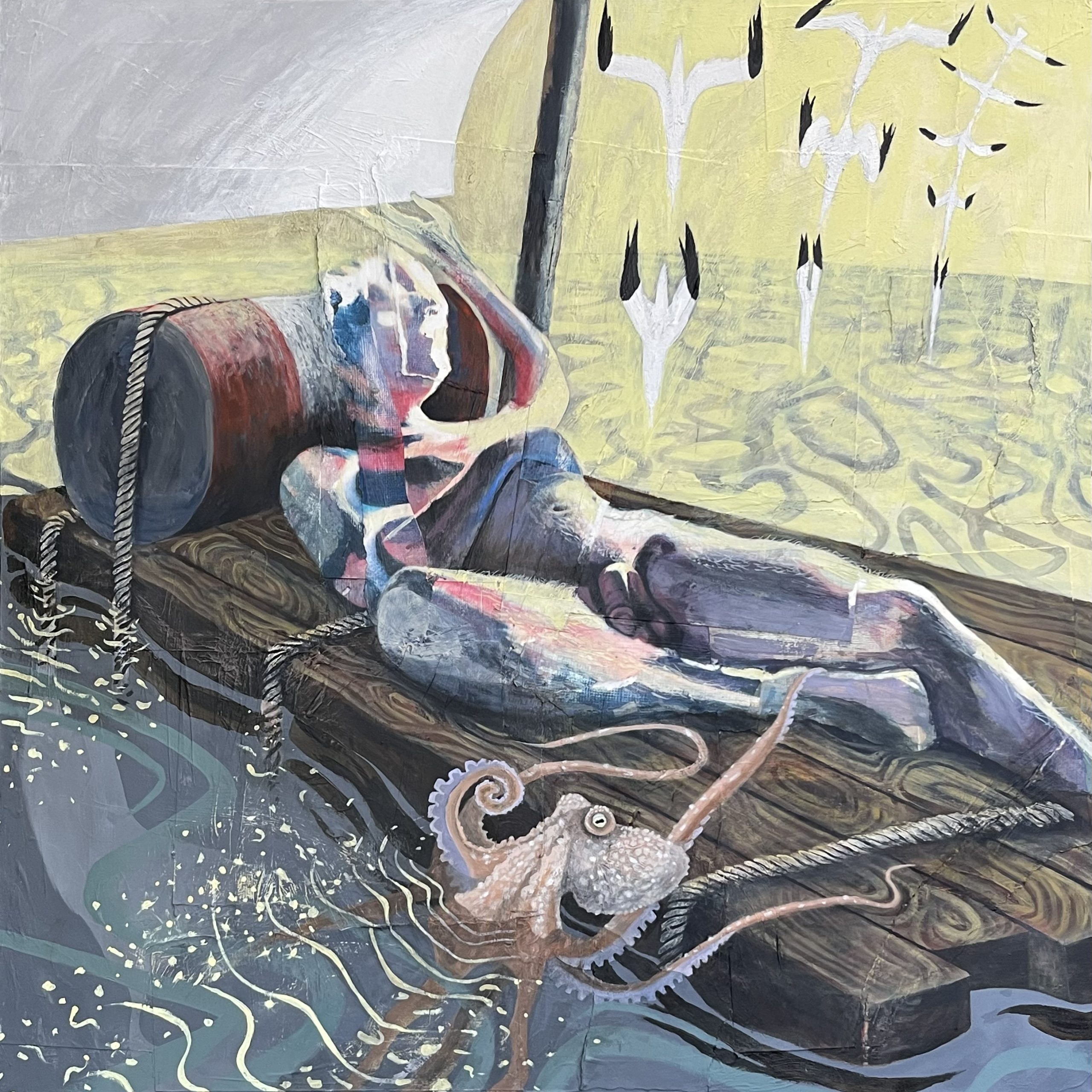
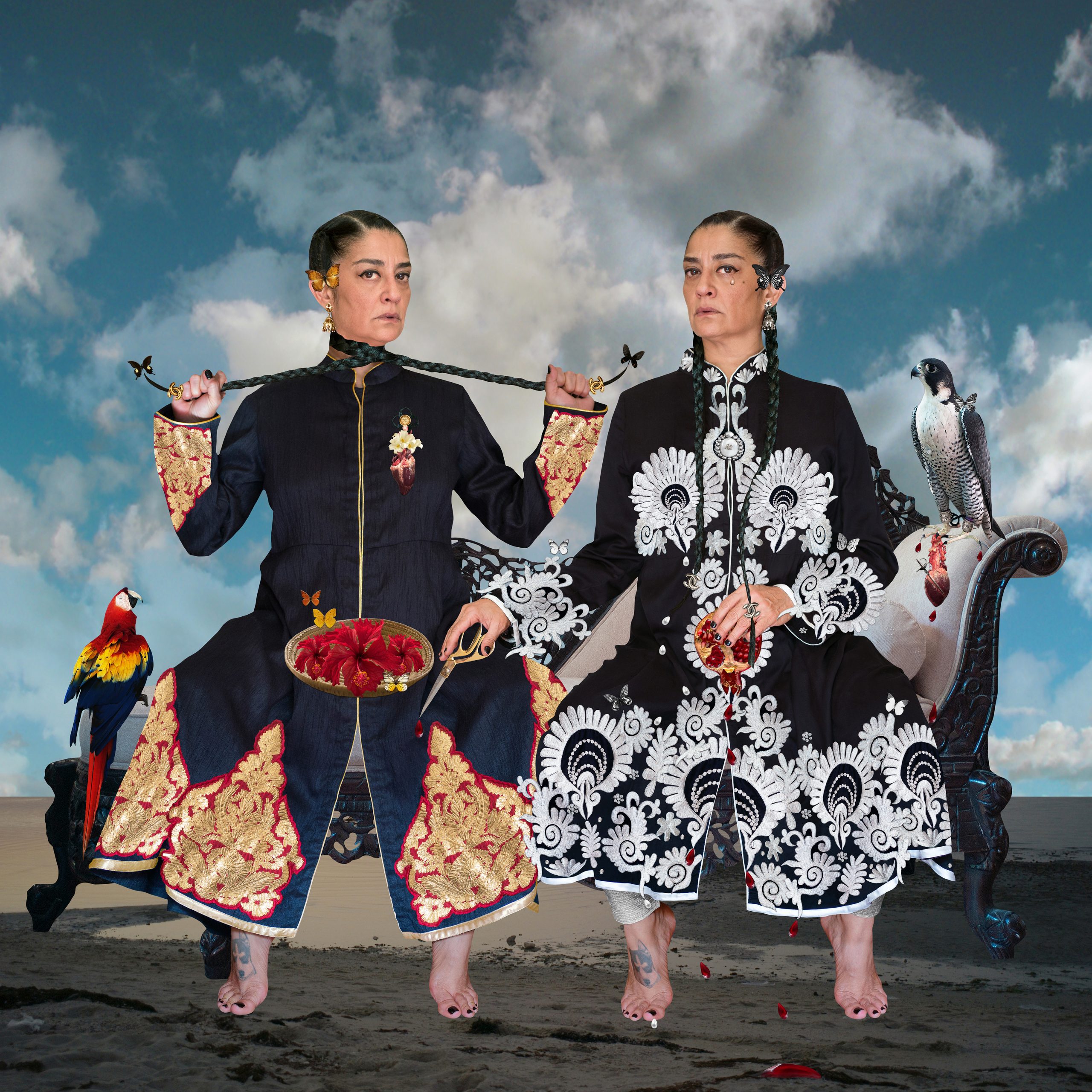
It sounds like you’re also describing artists who are working through what belonging looks like for them, what it could look like and what it doesn’t look like.
Yeah, I think that’s fair to say for sure.
Why do you feel it’s so important to showcase Queer art and artists at this particular moment in time?
At this particular moment in time in the UK and globally, we are experiencing a lot of challenges for queer and trans people. I think that the wider world doesn’t always necessarily understand that it can still be difficult at times for the LGBTQIA+ community because we have seen significant moments of progress like equal marriage or legalisation of homosexuality. These moments of progress suggest to some people that we are beyond discrimination.
However, certainly in the UK, because of the government that we have in power, we see a lot of particularly transphobic rhetoric, but also rhetoric that impacts the wider community. For example, there is a conversation currently taking place about what books should be available in schools and how LGBTQIA+ issues should be discussed with children.There are lots of negative things happening at the moment, and we see particularly for trans people, and particularly for trans people of colour, very, very difficult times. It can be very scary. We’re seeing the experience of LGBTQIA+ people being spoken about in a public arena that can be oppressive, very binary, restrictive and voices from within the community are not given a platform often enough.
How do you feel art can contribute to making positive change for Queer people and creating Queertopias?
Recently, my aunt asked me if I could recommend any gay bars in London for her and some friends who were visiting from out of town. I told her I would be hard pressed as there aren’t many left. She was really surprised by my answer and I explained to her that in the last decade, 60% of London’s gay bars have closed. A similar phenomenon is occurring in New York and in many other cities in the world. She asked me why and I said it’s a combination of gentrification and homophobia. And she said, “Wow, I would’ve thought homophobia was a thing of the past”. I was so shocked by that remark. But this can sometimes be the public perception due to the key points of progress that we have seen in recent history.
So yes, I believe it’s really important that we create space for dialogue. And I believe that art and artists can be the most impactful in terms of generating productive and meaningful conversations and sharing different perspectives. Their work gives people the opportunity to develop understanding and empathy about a situation that might feel quite far removed from their own life.

